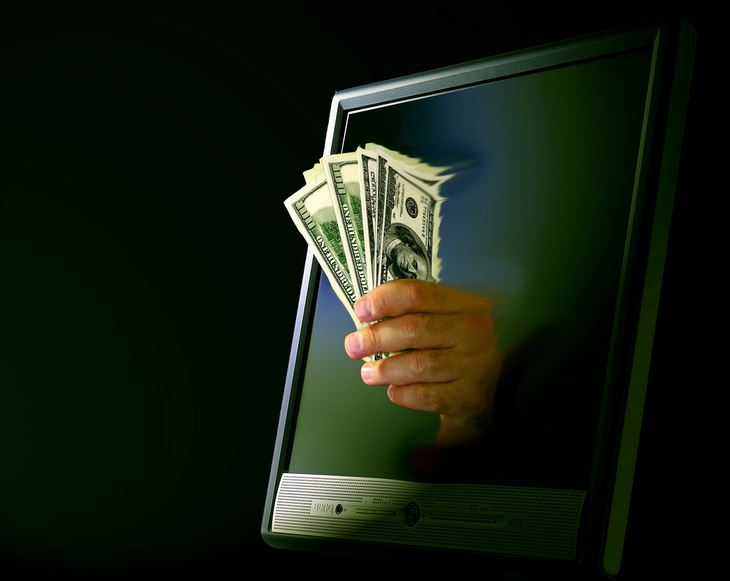The online art world: an insider’s view

For picture credit see end of article
Since launching in 2006 with five artists and 25 pieces of art, UGallery has grown to be one of the most serious players in the online art trade – a world that has changed beyond recognition. As buyers have become more comfortable buying artwork based on online images, the amount they are willing to spend online has increased dramatically.
“Our price points have steadily gone up since we launched,” says Alex Farkas, UGallery’s director and co-founder. “There are a lot of people selling art at a lot of different price points across the internet: our company sits in the $200 – $20,000 price range and we sell pretty well across that. Our average price right now is a little over $1000 for a mid-sized painting. People are using the internet to transact at all levels.”
In particular he has seen a growth in international sales, with a surge of buyers from Dubai, Saudi Arabia, Hong Kong and Singapore. Despite these developments, some potential buyers still see deciding to buy an expensive painting based only on online images as a gamble they are unwilling to take – but UGallery has set out to overcome any reservations these potential customers may have:
“We’ve spent a lot of time thinking about ways to ease that burden of making the decision to buy online,” says Farkas. “We free shipping and free returns – we send everything in custom-build hard boxes, so when you get a piece of art it’s very easy to send it back. This gives people peace of mind than anything; we take returns on just a few percent of all the art we sell.
Farkas and his team have also paid a lot of attention to their buyers’ online experience.
“We are sticklers for having a main image as well as detailed close ups, pictures of the sides of the work, anything we can do to give people more context of the work. It goes such as long way in terms of making them feel comfortable. We also do a really good job of talking about our artists – we like to tell people the personal story behind them as well as having a resumé section with exhibitions, artist statements and so on.”
Even though the internet can seem impersonal, UGallery sets out to communicate very closely with its artists and customers. Its artists are handpicked (they receive 50-75 applications a week) and before an artist shows on the site UGallery’s staff will speak with them to get to know more about them and their work. After that, the gallery stays in close contact with them as more work is submitted.
“On the customer side we work hard to let them know when artists they’re interested in have new work on the site. We have a very high return customer rate – over 30% of people who buy a piece from us come back and buy more art.”
As with the physical gallery world, Farkas has observed that people make connections with artists whose work they buy.
“They want to come back and collect more from them, see what they’re doing and follow their careers,” he says.
There is no doubt that the future is bright for online art: the Hiscox Online Art Trade Report, released last week, found that the value of the online art market has risen from $1.57 billion in 2013 to an estimated $2.64 billion in 2014. Based on these figures, online art buying accounts for 4.8%of the estimated $55.2 billion value of the global art market. On the same growth trajectory, the value of the online art market could reach $6.3 billion in 2019.
This fits with what Farkas is observing – and interestingly, UGallery is attracting a very wide range of buyers.
“We do have a lot of people who are just getting started out as collectors: they know they want to own a lot of original art, but haven’t necessarily explored that world. We also sell to a lot of people who have buying art for decades and have substantial collections, and this is just another way to find emerging talent – there’s the excitement of the hunt.”
As for the prices these buyers are willing to pay, Farkas believes there is more to come.
“That space continues to mature,” he says.
Picture credit: Don Hankins/Creative Commons license.